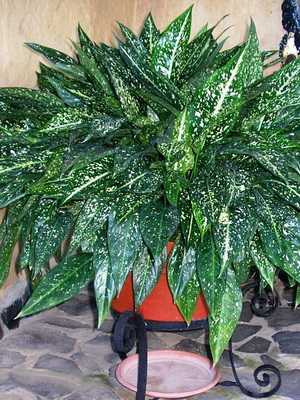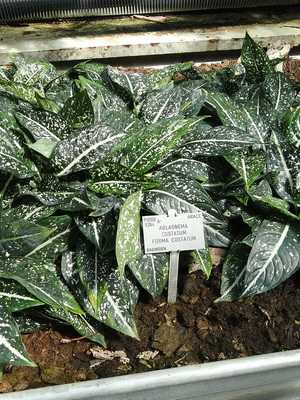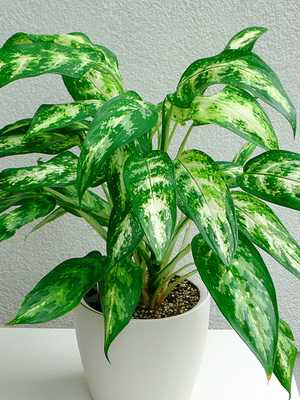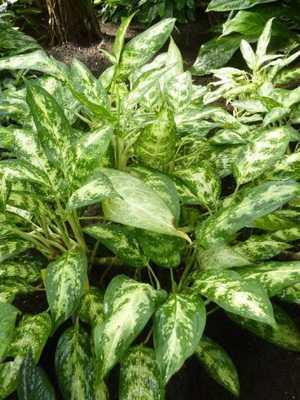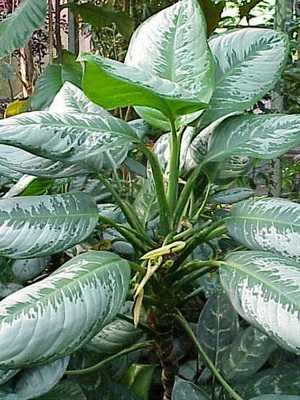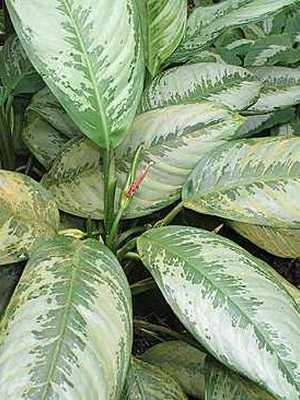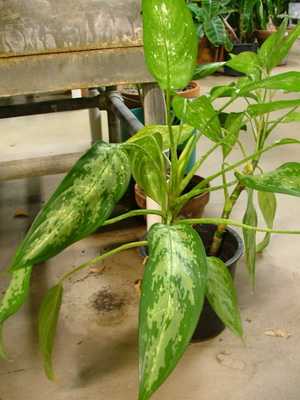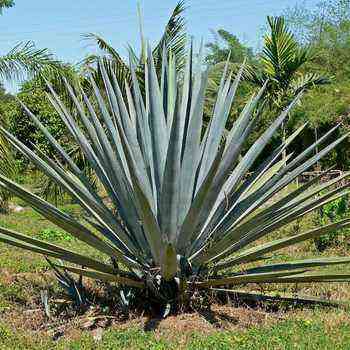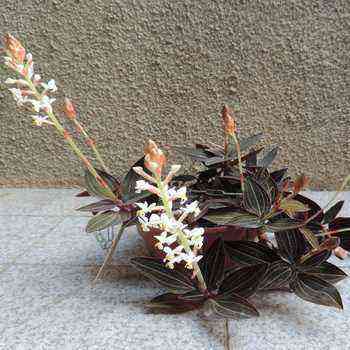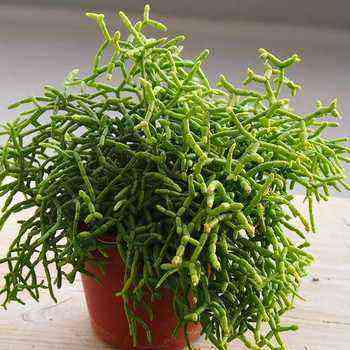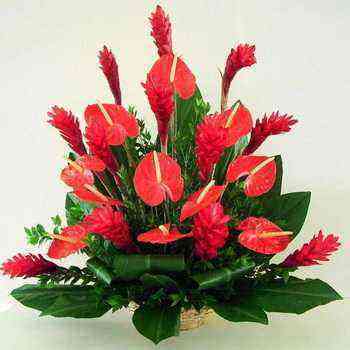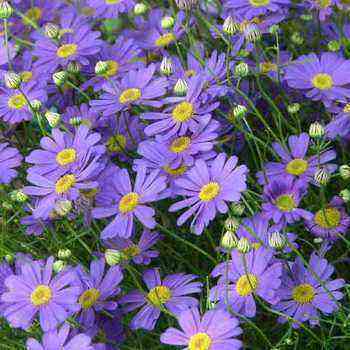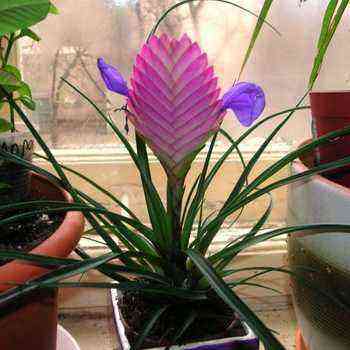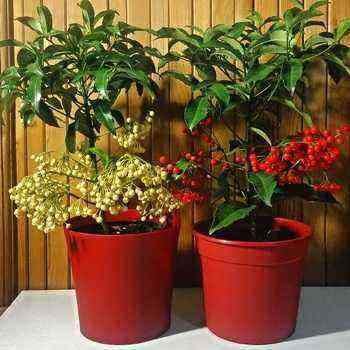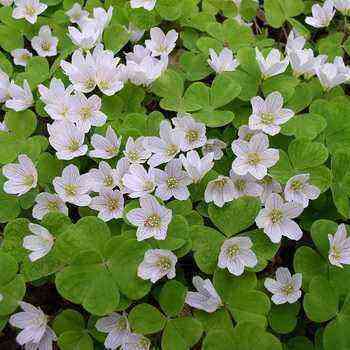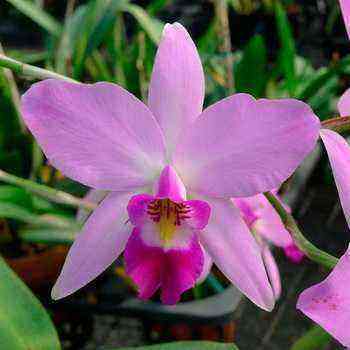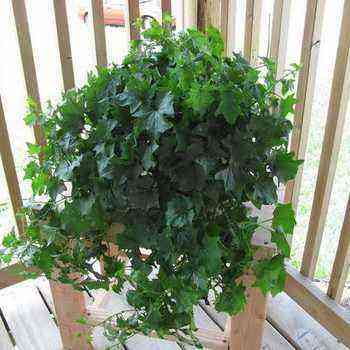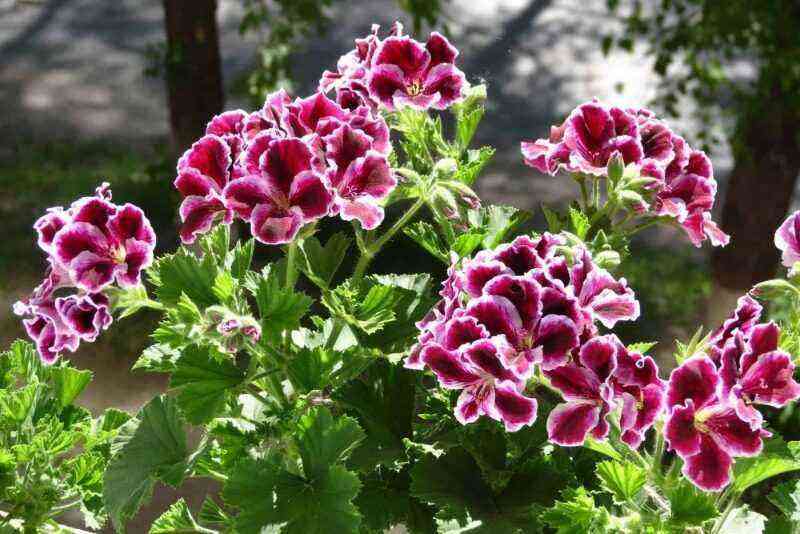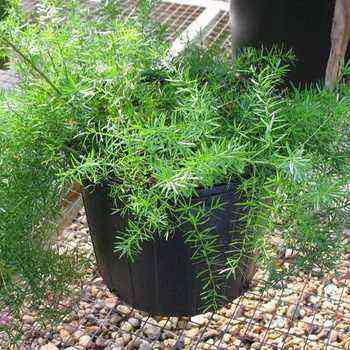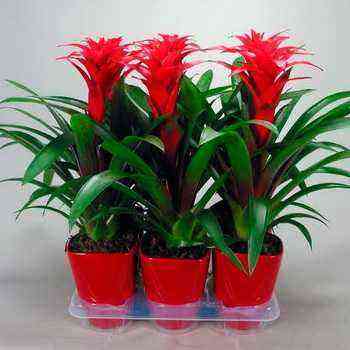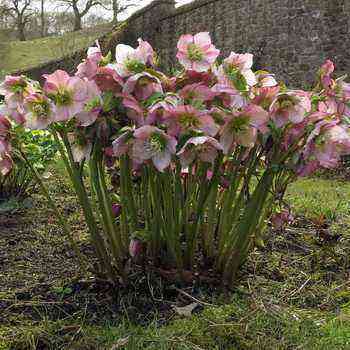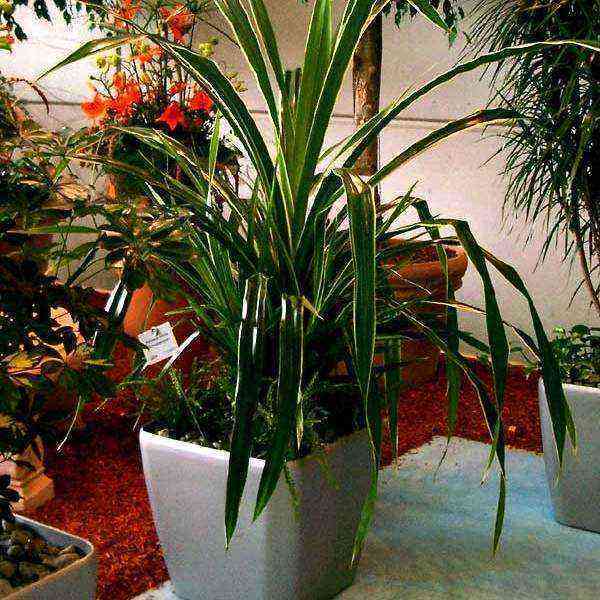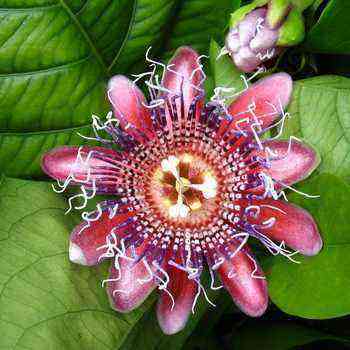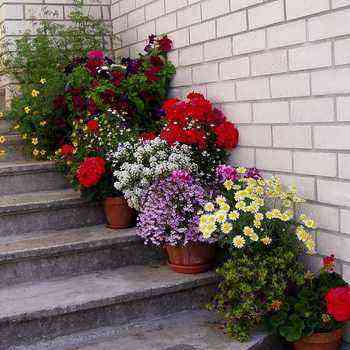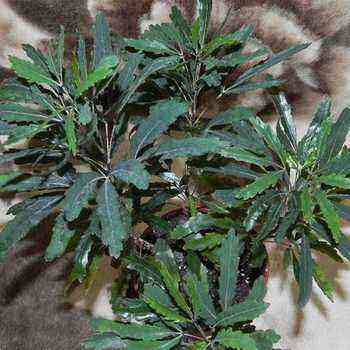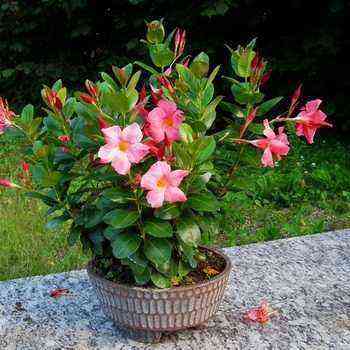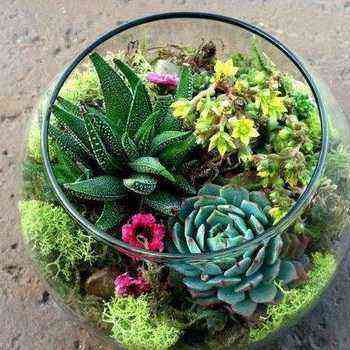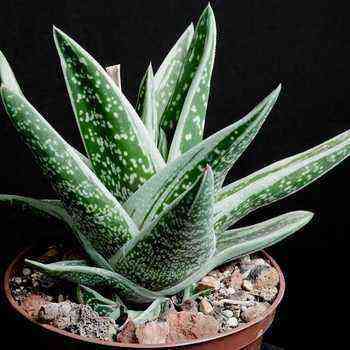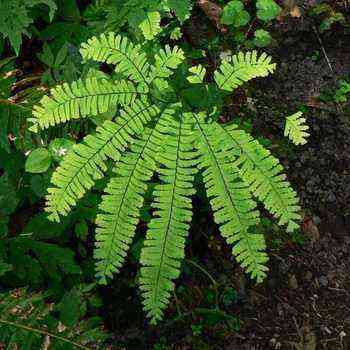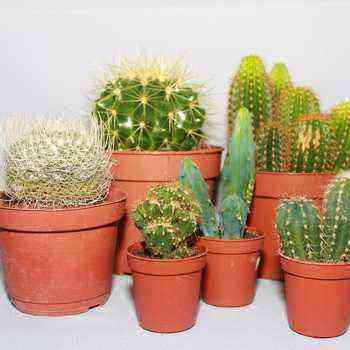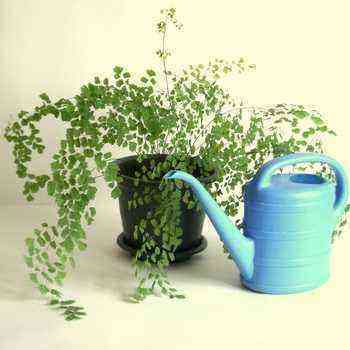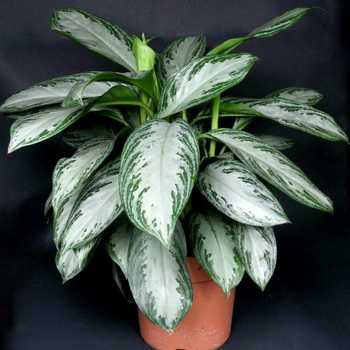
Aglonema flowers get their name from the Greek words aglaia – “shine” and nema – “stamen”. The genus unites about 50 species of evergreen herbs. In indoor floriculture, both varieties of natural species and artificially obtained new species are used.
Types of indoor flower aglonema
One of the main types of indoor flower aglonema, common in indoor floriculture and used in breeding hybrid varieties, is Aglaonema commutatum, found in the forests of the island of Sulawesi. Erect stems (up to 50 cm high) bear large leaves (up to 30 cm long and up to 10 cm wide) on long petioles. The pattern on the leaf blades can be different: in the variant warburgii, it is geometrically correct, consists of narrow gray stripes between the lateral veins of the 1st order and the petiole, and in the variant elegans, there are wide white stripes between the lateral veins on wider leaves. Flowers, consisting of a thin cob inflorescence and a light green bedspread, are not of particular decorative value. Red berry fruits can attract attention, but they are best removed as they are poisonous.
Of interest and aglaonema ribbed (Aglaonema costatum)common in Malaysia.
Pay attention to the photo of this type of aglaonema – unlike others, this plant has a creeping, branching, sometimes underground stem (up to 1,5 cm thick), oval with a heart-shaped base, dark green leaves with white strokes have a pronounced central vein.
Other types of aglonema are no less beautiful:
In pseudo-bracts (Aglaonema pseudobracteatum) bright green to a creamy yellow speck, the leaves are spear-shaped;
Long-leaved (Aglaonema longifolium) leaves are thick, oval, green-blue with white-green spots (this is also the largest species – up to 1,2 m in height);
In narrow-leaved (Aglaonema angustifolium) the leaves have a “wrinkled” appearance due to slightly depressed veins, while the rounded (Aglaonema rotundum) leaves are heart-shaped, very dark green with pink veins. Hybrids of the Aglaonema plant with a pink-red pattern on green leaves – the so-called “red series” have also been bred.
Home care for aglaonema
Aglaonema is an unpretentious, slow-growing plant. The optimum temperature for keeping aglaonema at home in the summer is + 20 … + 24 ° C, in winter the temperature in the room should be + 14 … + 18 ° C. Lighting should be moderate – this is necessary for the drawing to be bright and contrasting. Watering in summer is moderate, so that the earthy clod has time to dry out, in winter it is rare; Due to the dry room air, the tips of the leaves turn brown, so regular spraying is necessary. Fertilizing is done every two weeks in small doses (less often in winter). The plant must be transplanted in the spring, focusing on the degree of entanglement with the roots of a coma of earth.
Reproduction of aglaonema
Reproduction of aglaonema is carried out in April-May by dividing the bush – young shoots with three or more leaves are planted. In addition, all aglaonemas are easy to cut.
The indoor flower aglaonema is very unpretentious and at the same time decorated, so it is widely used for landscaping office premises. Grows well in hydroponics.
